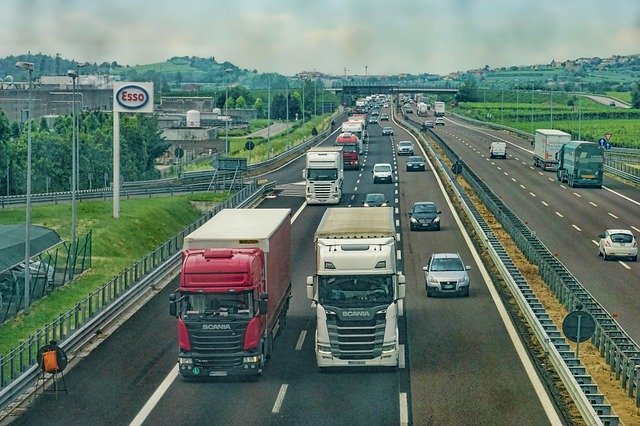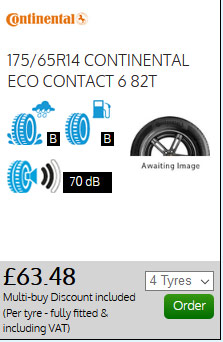 In Part One of this post, we discussed research suggesting that our tyres produce over a thousand times more particulates than exhausts. This time, we’ll take a look at that claim in more detail and what it means for the industry and the UK motorist.
In Part One of this post, we discussed research suggesting that our tyres produce over a thousand times more particulates than exhausts. This time, we’ll take a look at that claim in more detail and what it means for the industry and the UK motorist.
The Motor Industry response
It’s human nature to reject the things we don’t want to hear — and that’s especially true if they could damage our businesses.
So, it was no big surprise that in response to these alarming results, the motor industry immediately hit back. Mike Hawes, chief executive of the Society of Motor manufacturers and Traders, commented:
Making sensationalist claims based on testing of a single vehicle is not credible and, quite frankly, irresponsible.
Is this another case of an industry in denial? After all, the tobacco companies played down the harmful effects of smoking…
Not necessarily. Just because the SMMT has a dog in this fight doesn’t mean that its criticisms are unfair.
Question marks over the test
The SMMT is quite right to point out that the Emissions Analytics result is based on a single vehicle.
One key principle of science is ‘repeatability’: for results to be considered trustworthy, they have to be repeated over and over. Therefore, no matter how dramatic the results, a single test can only ever give us an indication, never defintive proof.
It’s also fair to question the test’s validity. How do the test conditions compare to real-life driving? Does tyre wear continue at the same rate, or does it radically slow down after the first few hundred miles? If there’s one thing that the Volkswagen emissions scandal taught us, it’s that lab-based tests have their limits.
As Mike Dawes puts it:
Emissions from safety-critical brakes, tyres and road surfaces are very difficult to measure, and a challenge already taken seriously by the sector, governments and a UN global group, which are working together to better understand, and agree, how to test them in a scientific way.
So, what should we take away from the research?
With all that in mind, there are good reasons for treating this particular research with some caution.
But that’s not the same as ignoring it.
In fact, the Government’s Air Quality Expert Group (AQEG) has already recognised that 0ver 60% of harmful 2.5PPM pollution does not come from the exhaust pipe. The group has recommended the immediate recognition of these ‘non-exhaust emissions’ as a source of particulates.
In other words, scientists already know about the particulates coming from tyres, brakes and so on. And maybe that’s the point of the Emissions Analytics test: it’s less about providing definitive science and more about getting the message out there. After all, the more people are aware of a potential problem, the more pressure there is to find a solution.
Want your tyres to be less polluting? Here’s how.
There’s no shying away from the fact that tyres do shed harmful particulates. Quite how much is up for debate, but the signs aren’t encouraging.
However, the good news is that as a driver, there are some easy ways of reducing the amount of particulates produced by your tyres. Even better, they will benefit your wallet too.
Essentially, anything that reduces tyre wear will also reduce particulate pollution. Here are our top tips to drive cleaner and save money:
1. Keep your tyres at the right pressure. As the Emissions Analytics scientists point out, lower tyre pressure will accelerate wear.
2. Drive smarter. Anticipating a bit more, avoiding sudden braking and unnecessary acceleration are all factors that reduce wear (and save on fuel).
3. Ditch the junk. Carrying around unnecessary weight in the car increases how quickly your tyres wear and therefore increases particulate pollution.
4. Buy quality tyres. Cheap tyres have their place, but they don’t tend to last as long as better brands. They often end up costing you more because they wear faster.
5. Choose tyres with low rolling resistance. All tyres are currently labelled on an A-G scale for their rolling resistance. Tyres that have lower rolling resistance will be more economical and are likely to produce fewer particulates.
The BK Tyres blog carries news, views and information on tyres and related subjects. BK Tyres supplies and fits tyres throughout South Oxfordshire, including the communities of Abingdon, Didcot and Henley on Thames. As an independent, family run mobile provider, we provide exceptional levels of service and affordable prices. Contact us today.
